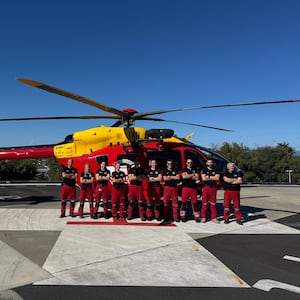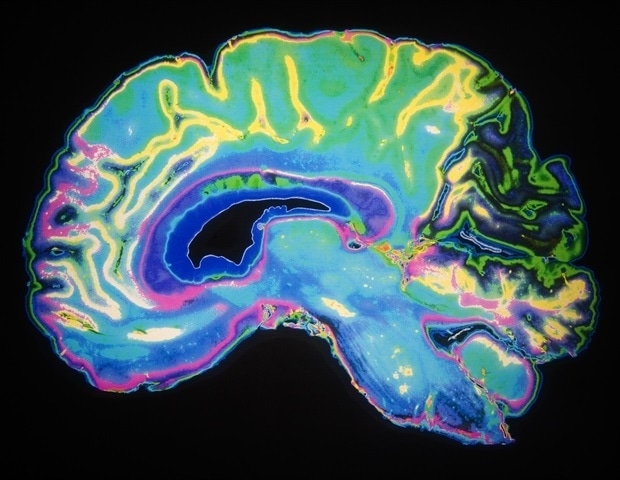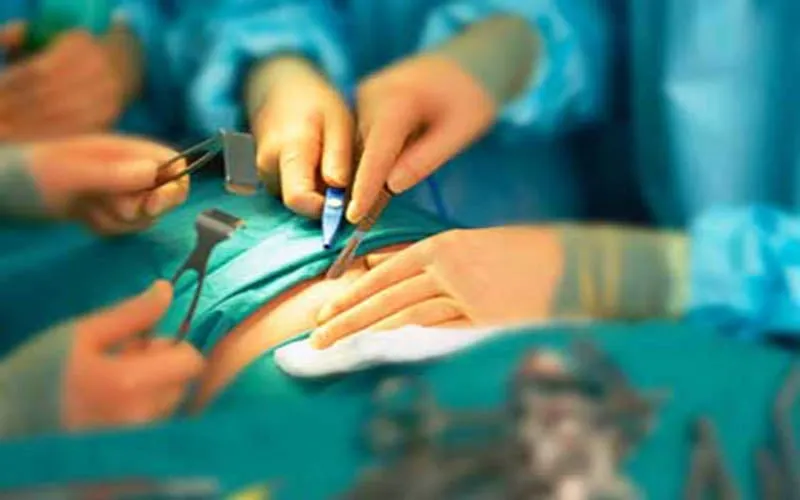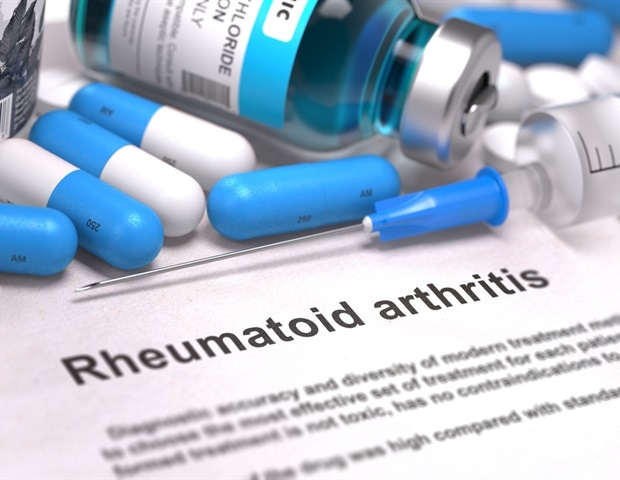
SALT LAKE CITY (ABC4) -- Opioids are a common medication used to alleviate pain after surgery, but the risk is palpable. Even when taken as prescribed, opioids can suppress someone’s drive to breathe and lead to fatal consequences. “My son passed away after just a routine tonsillectomy,” said Yvonne Gardener as she talked about the 21-year-old son she lost nearly 10 years ago.
What she thought would be a simple surgery for her son had become a devastating loss to the family. The silent killer that took her son was OIRD, caused by prescribed medication.Every year, roughly 80,000 people die from opioid-induced respiratory depression (OIRD) in America, according to Intermountain Health pulmonologist Dr.

Robert Mazzola. However, Dr. Mazzola believes that this may be an underestimated number.
This is what the team at Intermountain Health aimed to tackle with a new study: How to prevent these deaths by using a simple device.Utah woman receives 100 cancer treatments, living far beyond doctors’ expectations“This monitor on your finger measures through light waves, the amount of oxygen that's saturating on your hemoglobin,” said Dr. Kim Bennion, research director of respiratory care at Intermountain Health.
She held up her finger to showcase a lightweight device that was connected to her finger to her wrist. The device was a culmination of six years of research. COVID had thwarted many of Dr.
Bennion’s research plans, but the team had managed to gather more than 300 patients to take part in the study. Of the participants, 14 of them had experienced OIRD-related symptoms. Through them, researchers discovered what had ended up making the life-or-death difference was diligent monitoring of oxygen levels.
However, some of the monitoring devices used previously were not fit for home use. They were too bulky or brought back erroneous results. The team had to look for alternatives.
The new device, which costs around $25 and can connect to a phone through bluetooth, is called RAD 97. Although not available for purchase or use as of yet, the team is working hard to bring the device to bigger stages. “We'll go nationally and internationally to get the word out,” Dr.
Bennion said.“Some doctors still are not convinced that it's..
. that there is a need for this monitoring at home,” Yvonne said. However, what makes OIRD so dangerous is how symptomless it can be until the fatal moment.
Even for Yvonne’s son, he had been completely fine the day before. In the middle of the night, however, he suddenly complained of pain. His wife got up to get him another pain medication, but when she came back, he was already gone.
“As a layperson, we don't know what to look for. And it's so subtle.” Yvonne added.
Dr. Bennion is no stranger to Yvonne’s pain. She had also lost an adopted son and a brother-in-law to OIRD years ago.
For the first time during the interview, Dr. Bennion said through tears: “After we had done all this work, I can't even tell you how satisfying it is to say you're not forgotten and your deaths were not in vain."Naloxone is a proven medication for reversing opioid overdoses.
If someone is prescribed opioids following same-day surgery, it may be wise to have naloxone available at home as a precaution.You can read more about what the CDC says about Naloxone and prescribed opioids on the agency's website..















